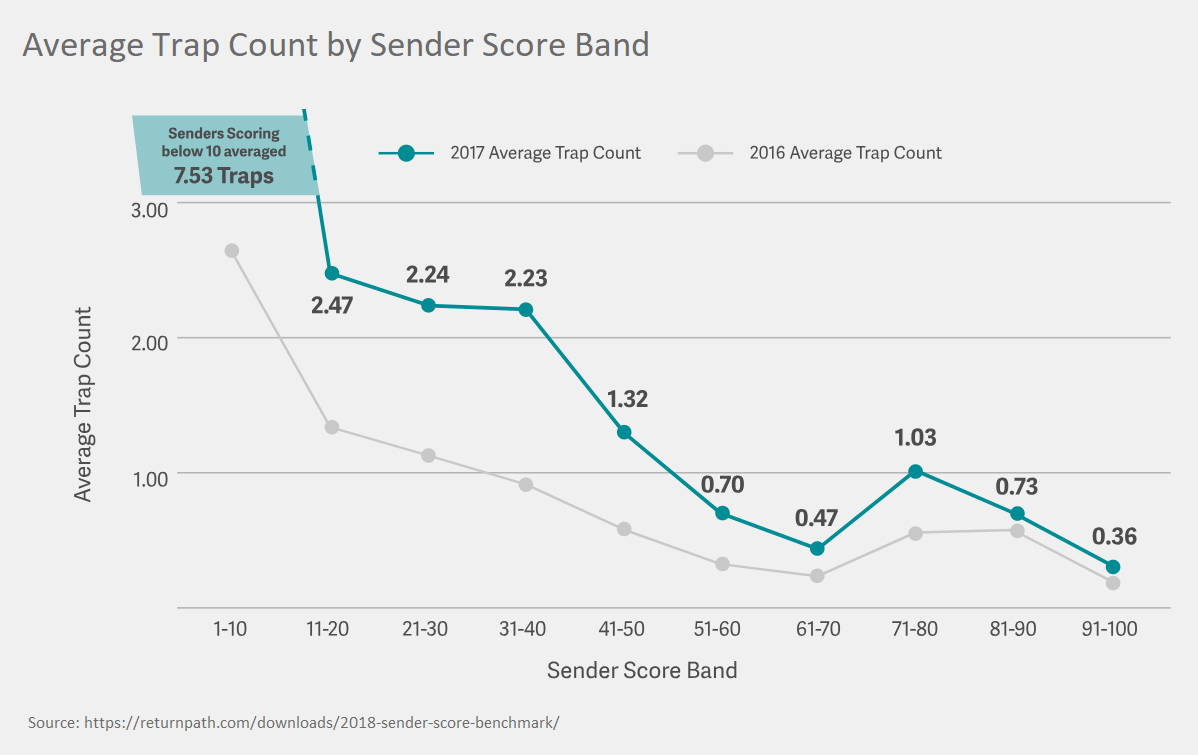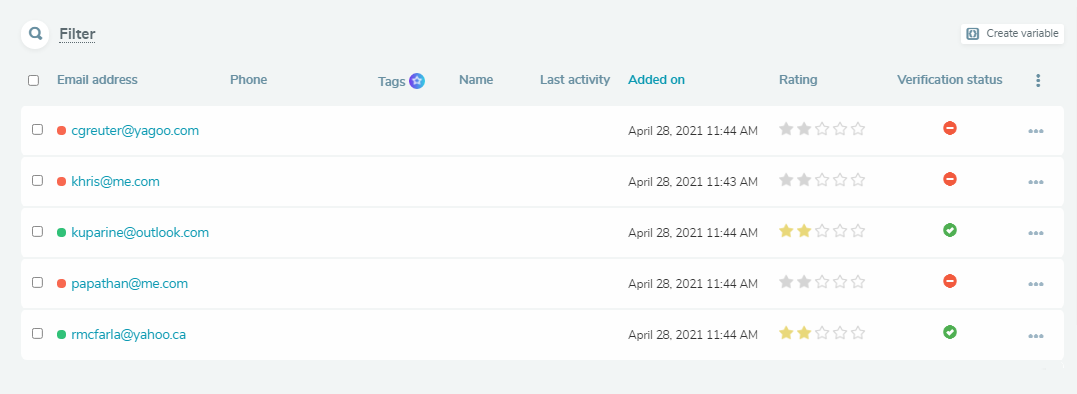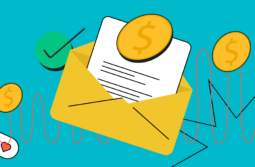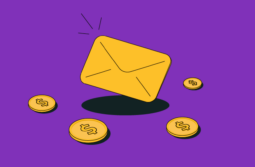Sender reputation is a key factor of email deliverability rate, which, however, can be messed up by many aspects including spam traps. In this entry, we’ve described different types of spam traps as well as the ways to prevent them from getting into your mailing list.
Content:
Why should you steer clear of spam traps?
Spam trap is an email address with no real owner used as a “trap” to identify spammers. Getting caught in a spam trap comes back to haunt the sender reputation.
Email service providers (ESPs) do their best to keep senders with bad reputation and spammers out of people’s mailboxes. Over the last six years, the number of emails from the least reputable senders has considerably decreased from 60% to 25%, while the amount of emails from the best senders has grown from 6% to 36%. In 2017, senders with low reputation noticed a significant increase in spam trap count compared to 2016, which reflects the general tendency — spam traps have become more frequent.

What are the types of spam traps?
There are two most common types of traps:
- Recycled. Such spam traps are email addresses that once belonged to real people. After they become inactive, ESPs begin using them to catch irresponsible senders, who either don’t clean up their mailing lists or buy them.
- Pristine. These spam traps are email addresses that have never been used by real people. They are created specifically to identify low reputable senders or spammers. These addresses are usually hidden in such places on the web where only email harvesting bots can scrape them. That’s why they’re also called the “honey pots.”
To see if there are any recycled or pristine spam traps on your list, you can rely on email verification tools. These services always have a spam trap checker which identifies spam traps and deletes them from your mailing list. All you need to do is to upload your list into the service and download it after the spam trap removal.

How to avoid spam traps
Protecting emails from getting caught by a spam trap is a big deal as there is no marketer who wants their sender reputation to decrease. With this in mind, we’ve created a short list of essential steps to avoid spam traps:
- Build your own mailing lists. Never ever buy them as you have no way to learn if these emails are real or not.
- Prefer quality over quantity and offer new subscribers a double opt-in. This type of email subscription will help you avoid misspelled or nonexistent email addresses.
- Remove incorrect and hard bounced email addresses. The frequency of these check-ups depends on the volume and content of your emails.
- Pay attention to inactive subscribers on your mailing list. As spam traps don’t belong to real people, they will never demonstrate opens, clicks or other activity. Clean up your mailing list from users who’ve been inactive for three or more months.
- Use postmasters to keep an eye on delivery issues, including spam trap hits and spam complaints.
And of course, read our blog for more useful tips on leveling up your email marketing.






